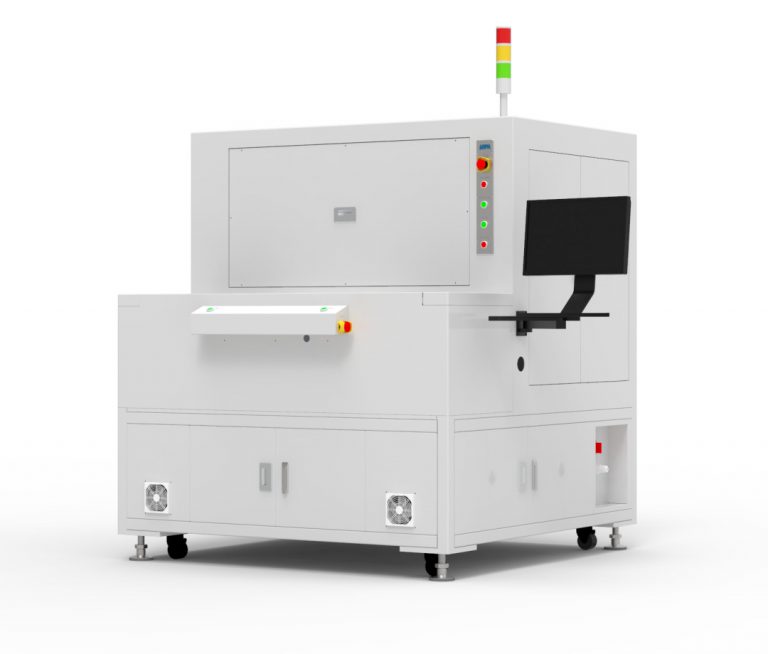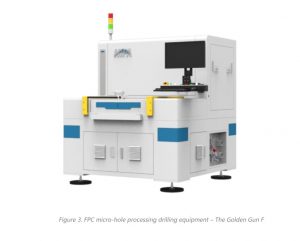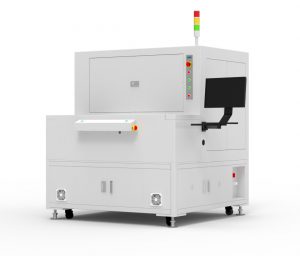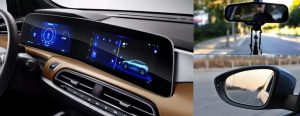Table of Contents
What is special about Ultrafast Lasers?
We know that laser energy can be delivered in two modes – continuous wave mode (CW) and pulsed mode. In pulsed mode, the laser energy is delivered in the form of small pulse duration. Continuous technological advances have made it possible to shorten the pulse duration from microsecond laser, nanosecond laser, picosecond laser to now femtosecond laser and attosecond laser pulse duration.
Generally, subpicosecond (about 1-20ps) and shorter duration laser pulses have been recognized as ultrashort lasers. What is special about these ultrashort laser pulses? What kind of advantages these ultrashort laser pulses can offer otherwise not possible in comparatively longer duration pulses? Why are they swiftly replacing the traditional materials processing in various industries?
Ultrashort laser can focus the energy in a very short interval of time generating a high peak power, not possible in CW lasers. This new kind of intense laser beam generates new possibilities in different industrial sectors.
Ultrashort lasers do not generate heat affected zone (HAZ), a big problem in laser based materials processing and micromachining that arises due to thermal effects. Due to no HAZ formation, ultrashort lasers are popular for efficient materials removal.
Ultrashort lasers allow single step fabrication of 3D photonic device structures giving big relief from traditional thin film based multistep process.
Ultrashort lasers made it possible the microprocessing of flexible geometries and high standard edges on brittle materials like glass, quartz and ceramics.
Types of Ultrafast lasers:
There are different types of ultrashort lasers available in market having their own advantages and drawbacks. The details are given as follows:
Solid-state Bulk Lasers
As name suggests, its resonator consist of diode pumped laser crystal and a semiconductor saturable absorber mirror (SESAM). These lasers use mode locking system in which at first the ultrashort duration pulse is generated and then amplification process is performed.
These lasers with maximum average power of 100W are widely used. In solid-state laser, the pulse duration of 5 fs to picosecond duration range with prf ranging from megahertz to 100 Ghz is acheivable. These lasers offer high pulse quality with clean spectral and temporal shape. Ti:Saphhire laser are one of known example of this category.
Fiber laser
Although fiber laser shares some similarity with Solid-state Bulk Lasers as they also offer clean pulse with good temporal and spectral control, they are quite different in their fundamental working. They utilize fiber nonlinearity in place of a SESAM for mode locking. This nonlinearity sometimes becomes an issue if they generate large phase shift making the laser unstable.
To avoid it, these days stretched pulse shaping technique is utilized. Fiber lasers offer pulse duration of 50 fs to 500 fs with pulse repetition frequency ranging from 10 MHz – 100 MHz. They are comparatively cost effective and can be very useful if their optical nonlinearity issue is well taken of.
Ultrafast lasers have done many miracles that were not seen with other lasers. Due to their unique characteristics in the form of ultrashort pulse duration, high peak power, high repetition rates we can achieve some very advantageous features, which has been illustrated herewith:
- When ultrashort laser beam with right beam intensity, good temporal and spatial profile, polarization, laser wavelength and processing environment (ambient air or gas or liquid) are exposed at ablation threshold they can create a variety of micron and nano structure in different materials surface. One such attractive feature is nanoripples with ripple spacing of subwavelength range. By careful control of the laser power and scanning speed, a minimum fabrication resolution of 18 nm is already achieved3.
- Black silicon were fabricated using femtosecond laser that are highly absorbing materials even at infrared region. A regular array of conical microstructure can be created on Si surface which are highly absorbing even at IR range. These features offer some unique characteristics in the form of anti-reflectivity, hydrophobicity at infrared absorption and can be effectively used to increase the efficiency photovoltaic cell.
- No HAZ formation is very critical to treat soft materials such as biological tissues. No HAZ formation means we can microprocess without getting into contact of surrounding materials. In case of long duration pulse, heat diffusion is inherent that leave unwanted effects into the surroundings.
- Ultrashort laser pulses are capable of creating high nonlinear absorption in transparent materials. Transparent and brittle materials such as glass, polymers and quartz can be processed using ultrashort lasers in a single step. Two photon polymerization (TPP) made possible the direct writing of 3D internal microfabrication of transparent materials. It is realized by converting the liquid resin to the solid phase point by point, using a focused femtosecond laser beam. This technique has been very useful in the area of microphotonics (microoptics, diffraction elements, photonic crystals and metamaterials etc), micromechanics, microelectronics, microfluidics, and biomimetics.
- Femtosecond Laser written direct waveguides are extensively used in optofluidic systems, waveguide lasers and astrophotonic devices and complex quantum optical systems. It is interesting to note that surface roughness plays a key role in designing the optical components.
Ultrafast lasers at JPT laser and their benefits
JPT Laser is one of the global players with 500+ patent and software copywrite in hand. It offers a good variety of DPSS laser and Fiber laser in pulsed mode. JPT Laser have some unique properties such as customizable pulse duration, adjustable frequency range with high peak power, water cooling, good beam quality, and good stability. These pros make JPT lasers flexible to use and customized according to one’s need.
Ultrashort laser can provide best quality services with a speed that is ideal and practical for different industrial sector. The advantages discussed in this article are fundamental and relevant in various kind of materials processing and micromachining processes.
Recommend Reading

HiPA Solutions – Laser Micro Hole Drilling
Flexible circuit boards, referred to as FPC are widely used in consumer electronic products such as microelectronics, 5G mobile phones, laptop computers, and new energy vehicles. Also as electronic interconnects to connect products.

HiPA Solutions – Laser Ink Removal
Ink is an important material for printing. By printing or inkjet, patterns and characters are displayed on the substrate. Among them, screen printing inks are widely used on the cover glass of various display panels such as mobile phones, computers, smart watches, cameras, etc.





